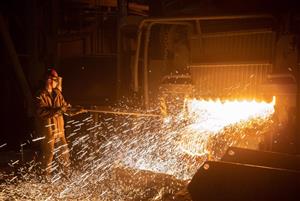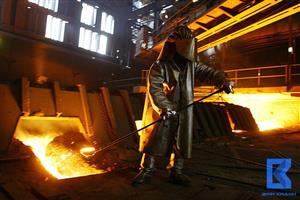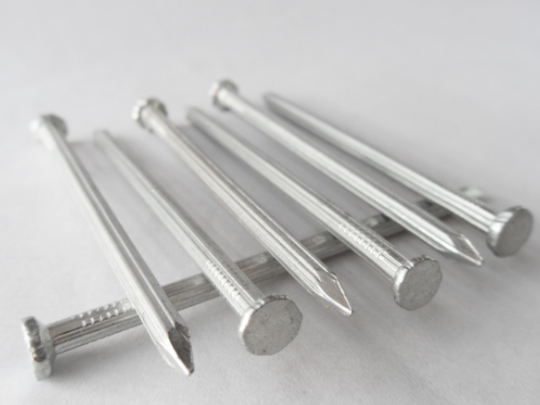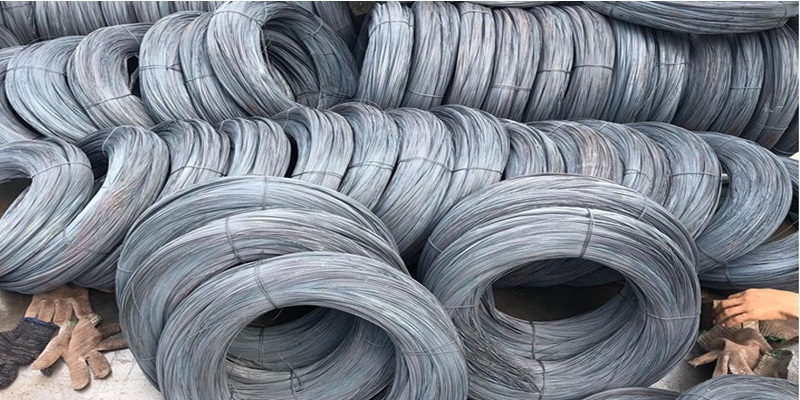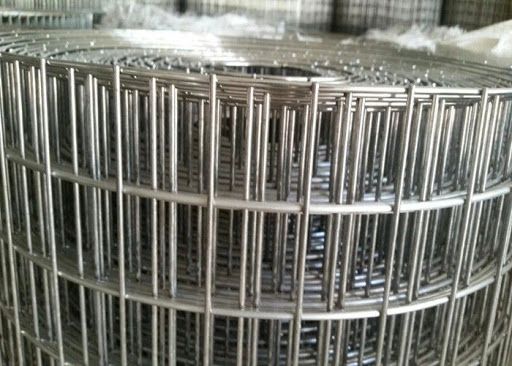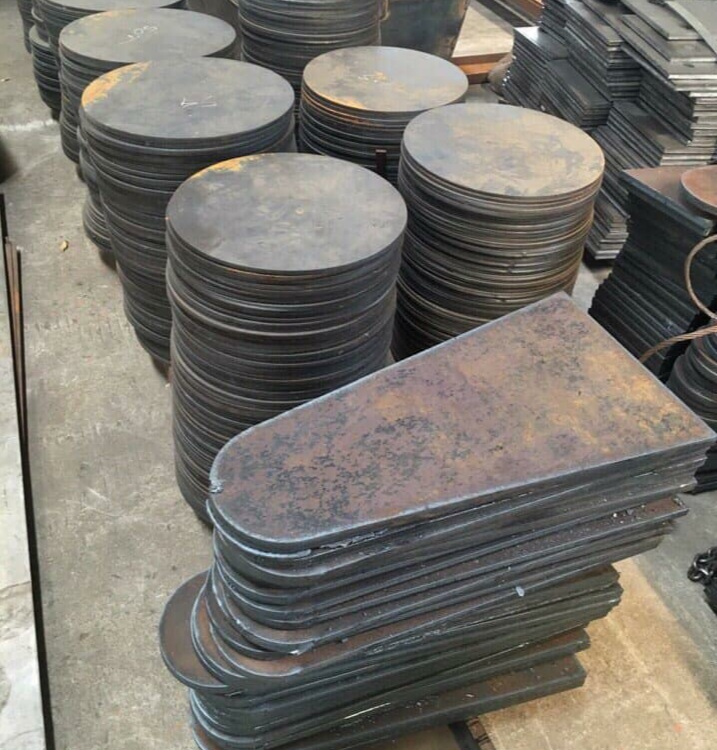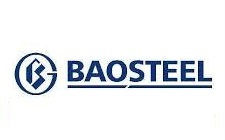At the Summary Workshop of the Vietnam Steel Association (VSA), Ms. Trang Thi Thu Ha, Chief of VSA Office, said steel consumption in 2024 is expected to increase by 6.4% to nearly 21.6 million tons. Of which, exports of finished and semi-finished steel products increased by 12% to nearly 13 million tons.
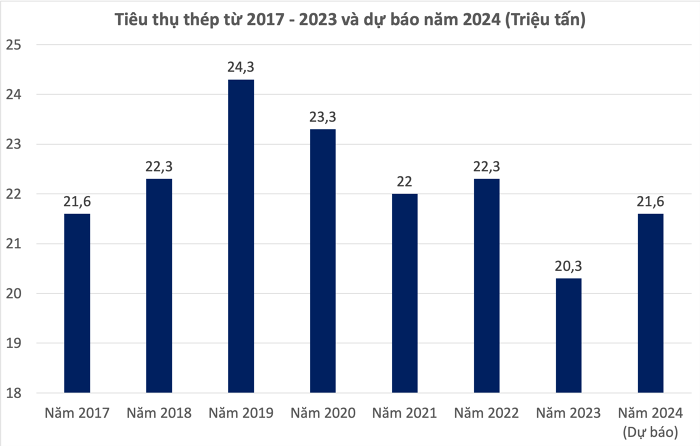
Source: Vietnam Steel Association (compiled by US)
This target is set based on the expectation that Vietnam's GDP will grow by 6 - 6.5% this year. In addition, world steel demand is expected to increase by 1.9% to 1.8 billion tons in 2024. Of which, ASEAN steel demand is expected to increase by 5.2%.
Currently, ASEAN is Vietnam's largest steel export market, accounting for 32. The EU and the US rank 2nd and 3rd with 28% and 9% respectively.
Regarding a longer perspective, Ms. Ha believes that by 2030, the average steel consumption will reach 290 - 300 kg/person, up from 240 kg/person at the present time. The population in 2030 will also increase to about 104 million people.
Steel output will also grow in 2024.
“Vietnam's steel production prospects increase by about 10% in 2024 and 8% in 2025 when demand for steel from domestic economic sectors recovers. It is forecast that finished steel production in 2024 - 2025 will reach about 28 - 30 million tons and domestic steel consumption demand will reach about 21 - 22.5 million tons," Ms. Ha said.
However, in 2024, the steel industry will face some risks related to China's policies. Accordingly, the country is aiming to produce quality steel and promote environmental protection measures. Therefore, the demand for scrap steel increases.
"With such changes, the supply of scrap steel in the future will be difficult," Ms. Ha said.
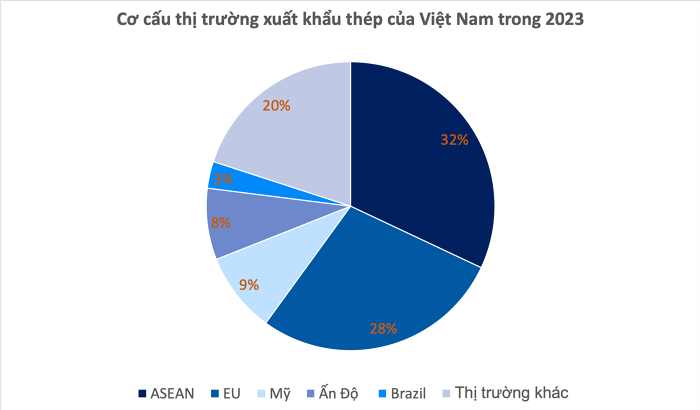
In addition, the steel industry will face challenges in green transformation and emission reduction, including the EU's Carbon Border Adjustment Mechanism (CBAM). This mechanism will impose a carbon tax on all goods imported into the markets of EU countries based on the intensity of greenhouse gas emissions in the production process in the host country. From October 1, 2023, the policy will take effect. This mechanism greatly affects HRC steel products of Vietnam and ASEAN countries.
In addition, uncertainty about steel production capacity in ASEAN is also a risk that the steel industry faces. According to the Southeast Asia Iron and Steel Association (SEAISI), steel production capacity in Southeast Asia from 2026 onwards may reach 171.3 million tons, more than twice as high as 75.3 million tons in 2021. million tons in 2021. This will put pressure on future supply.
"If this comes true, where will this amount of steel go?", Ms. Ha said.
Commenting on 2023, Mr. Nghiem Xuan Da, Chairman of VSA, said “this is one of the most difficult years for the steel industry” as economic growth in the country and the world declines. Key steel consuming industries declined very sharply, especially real estate. Total steel consumption decreased by 9% to about 20.3 million tons.
Market developments of raw materials for production are complicated. Meanwhile, construction steel prices experienced about 20 price drops.
Therefore, according to him, 2024 will be an important year, especially the green transformation trend in the steel industry to meet the standards of exporting countries, especially the EU.
Vietnambiz
 English
English  Vietnamese
Vietnamese
.jpg)



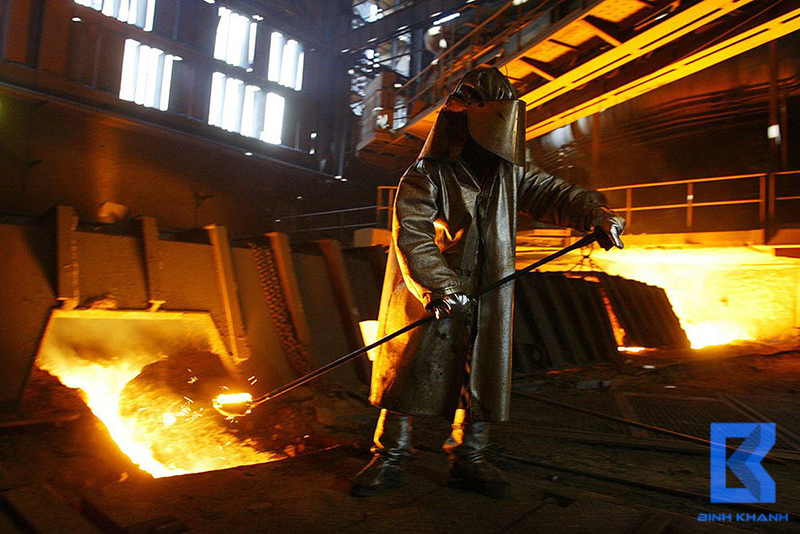

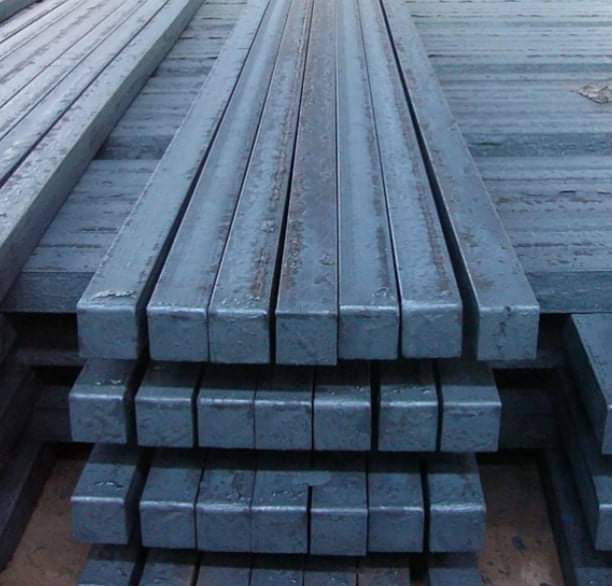

w300.jpg)
